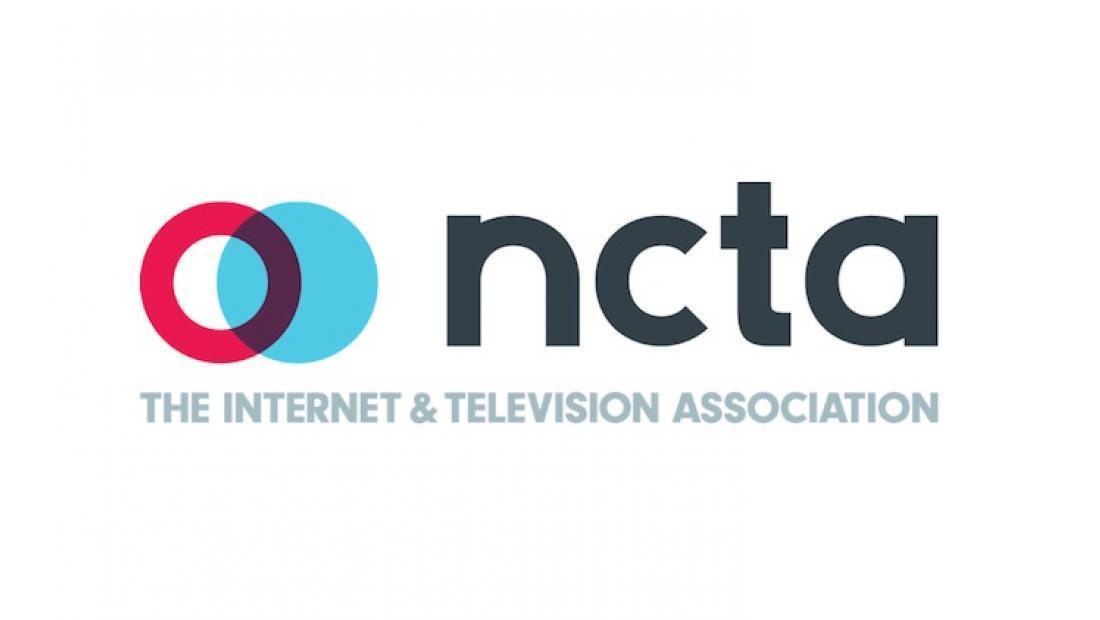NCTA: FCC Must Maintain TV Simulcast Mandate
Said ATSC 3.0 is slow rolling and sunset deadline must be moved

Cable operators are telling the FCC that it should continue to require broadcasters transitioning to ATSC 3.0 to deliver a signal in the current ATSC 1.0 standard, and that the programming on that signal must still be substantially similar to their ATSC 3.0 signal.
The FCC sought input on the status of broadcasters' transition to the next generation TV standard, which allows for interactivity, targeted ads and alerts, datacasting and 4K pictures, but also is not backward compatible, so that folks without a new TV set or tuner can't get all that.
Also: Noncoms Tell FCC ATSC 3.0 Transition is Challenging
To make sure that stations still delivered content in the current ATSC 1.0 standard, the FCC back in 2017 required a station’s ATSC 1.0 simulcast of its primary video stream to be substantially similar to the primary stream it is transmitting in ATSC 3.0. The NexGen TV standard is not backward compatible with current sets, so to minimize disruption the FCC wants to make sure viewers can still receive a primary signal during the transition. Thus, stations must continue to deliver their main signal in ATSC 1.0 for an initial five-year period. (The FCC authorized ATSC 3.0 in November 2017.)
In its comments to the FCC, NCTA said that mandate should no sunset next year but, instead, continue until at least 2028, and even then the FCC should simply launch an inquiry into whether it should sunset even then.
Broadcasters have argued the mandate should sunset and that they have every reason to continue to deliver a viewable signal to their audience.
But cable operators say the transition is still in its infancy and has not progressed as fast as the FCC expected when it set the five-year sunset.
It points out that only 54 markets have a full power station transmitting in ATSC 3.0, an in most of those it is only one station. Then there is the dearth of sets capable of receiving the signal without an outside tuner, which is about 1.5% of TVs in use.
"If the substantially similar requirement were to sunset, broadcasters would be free to provide the most desirable programming only to those with 3.0-compatible TV equipment, placing viewers at risk of losing access to popular programming should they be unwilling or unable to pay for this new equipment."
That would disproportionately affect lower income residents, said NCTA. But it would affect NCTA members' bottom lines as well.
"Cable operators would also be forced to expend additional resources to receive 3.0 signals, only to then down convert the signals if they wish to make the programming viewable to all of their subscribers—costs that would also ultimately impact consumers," it said.
The issue's bottom line, says NCTA: "The Commission should extend the substantially similar requirement and reconsider [it] in a rulemaking to be conducted in five years." ■
The smarter way to stay on top of the multichannel video marketplace. Sign up below.
Contributing editor John Eggerton has been an editor and/or writer on media regulation, legislation and policy for over four decades, including covering the FCC, FTC, Congress, the major media trade associations, and the federal courts. In addition to Multichannel News and Broadcasting + Cable, his work has appeared in Radio World, TV Technology, TV Fax, This Week in Consumer Electronics, Variety and the Encyclopedia Britannica.

